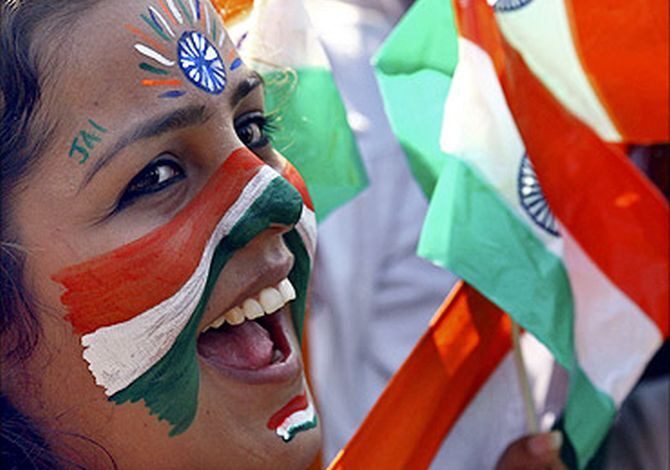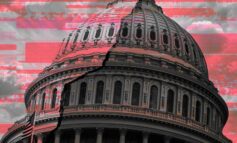India is surpassing China to become the world’s most populous nation, according to data from the United Nations. This is a significant development with more than symbolic importance.
India, with its huge, diverse population and its growing economy, is poised to play a leading role in global affairs. It’s also a key U.S. ally, but our relationship isn’t always as smooth as we might like. The rise of India presents both opportunities and challenges for American foreign policy.
The nation of 1.4 billion people has long taken pride in being the world’s largest democracy, but recent developments, including limits on free speech and political activity and efforts to define India as a Hindu nation, have raised questions about its commitment to democratic norms.
India celebrated 75 years of independence last year, and it has been in the global spotlight. Its fast-growing economy is the world’s fifth largest, having surpassed the United Kingdom, its former colonial ruler. Prime Minister Narendra Modi is expected to make a state visit to Washington soon, and President Biden will travel to Delhi in the fall for a Group of 20 summit.
Economic reforms over the past 30 years have helped boost India’s economy, which includes a fast-growing services component, a strong tech sector and a dynamic startup culture. Business services, such as outsourcing and information technology, are a major part of its $3 trillion GDP. Modi has promoted “digital public infrastructure” and a ubiquitous instant payment system has transformed domestic commerce. Indian culture, including food, films and music, has tremendous global influence.
India is growing while China and many Western countries are not. India enjoys a “demographic dividend” because so many of its people are young and moving into the workforce. China has an aging population and a growing share of retirees, partly because of the one-child policy that it pursued until recently.
Economic reforms over the past 30 years have helped boost India’s economy, which includes a fast-growing services component, a strong tech sector and a dynamic startup culture. Business services, such as outsourcing and information technology, are a major part of its $3 trillion GDP. Modi has promoted “digital public infrastructure” and a ubiquitous instant payment system has transformed domestic commerce. Indian culture, including food, films and music, has tremendous global influence. India struggles with poverty and pollution, however. Some regions are prosperous, but others are not. It lags far beyond China in the size of its economy, per-capita economic output and health indicators like infant mortality and life expectancy. Only one in five Indian women are in the formal workforce.
Ethnic divisions are serious, and Modi’s ruling Bharatiya Janata Party, which is rooted in Hindu nationalism, has been tied to anti-Muslim violence. The government has taken an authoritarian turn. It has instituted citizenship verification requirements and sent longtime residents to detention centers when they couldn’t prove they were born in India. Opposition leaders have been arrested; and one, Rahul Gandhi, was sentenced to two years in jail for defaming the prime minister.
India has also frustrated American and European leaders by declining to condemn Russia’s war in Ukraine. Instead, India has strengthened its ties with Russia and increased trade; it relies on Russia for food, fuel and fertilizer. Long a British colony, and later a nonaligned nation, India doesn’t take kindly to being pressured or lectured by the West.
U.S. officials are reluctant to publicly criticize India, however. It is a “trusted trading partner,” as Treasury Secretary Janet Yellen said on a recent visit. U.S.-India bilateral trade reached $157 billion in 2021. Indian investment in the U.S. totals $12.7 billion and supports 70,000 jobs. American universities enroll almost 200,000 Indian students. Perhaps more importantly, India is a key strategic ally and a counterbalance to China, which seeks to expand its influence in Asia and globally.
As countries take sides in a global competition between democratic norms, exemplified by the United States, and China’s autocratic model, India — the world’s most populous nation — could tilt the scales one way or the other. Maintaining a productive relationship with India is vital for the U.S. and the West.
— Lee Hamilton is a senior advisor for the Indiana University Center on Representative Government; a distinguished scholar at the IU Hamilton Lugar School of Global and International Studies and a professor of practice at the IU O’Neill School of Public and Environmental Affairs. He was a member of the U.S. House of Representatives for 34 years.






Leave a Reply